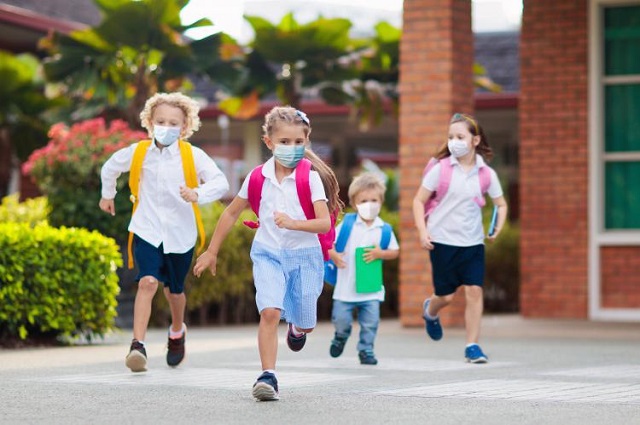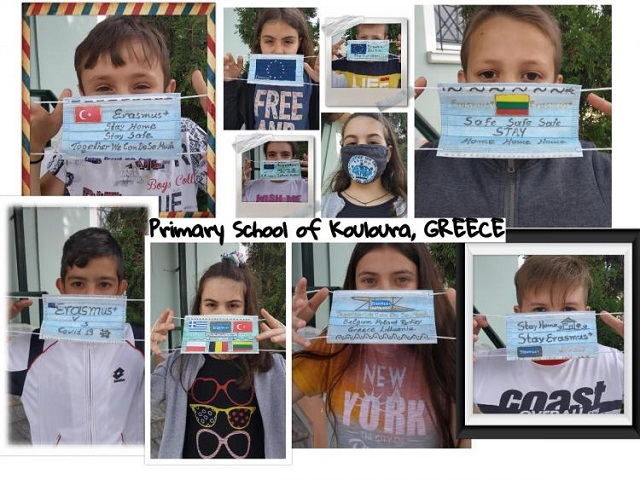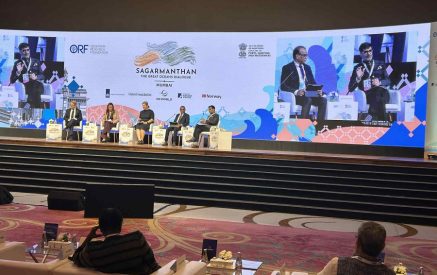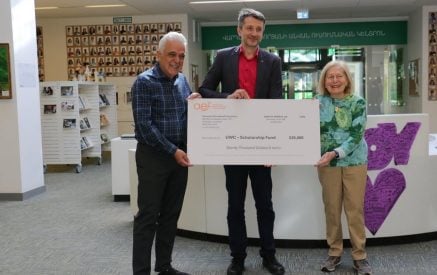As schools adapt to reopen in September, the EU prepares an update of its Digital Education Action Plan fit for the post-pandemic times
It is time to go back to school. Whether face-to-face or following a hybrid-learning model due to new COVID-19 outbreaks, one thing is certain: there is no escaping from the new urgent needs created for the use of digital technology and techniques in education. As schools reopen, they are having to adapt their approaches to ensure social distancing and support pupils who have been isolated for a long time. Fortunately, the last few months of the pandemic have served as a testing laboratory for blended learning approaches. On International Literacy Day, the EU shows its commitment to help bringing education systems to improved quality standards compatible with the post-Covid reality.
“From the start of the pandemic the first priority has been the health and safety of students and teachers”, says Adrian Veale, from DG EAC (the Commission’s Directorate-General for Education, Youth, Sport and Culture). “Our second concerns have been continuity –how the education sector can keep going during the pandemic– and resilience –how can it re-adapt to the ‘new normal’. We are starting the 2020-21 academic year in a totally new situation”.
The EU has not stood idly by during the months of the pandemic. ‘Digital’ was already one of the six major priorities set by the incoming president of the European Commission Ursula von der Leyen. And now, this priority will be more present than ever in a soon-to-be-revealed update of the EU’s Digital Education Action Plan, which looks at ways of improving digital skills, teaching and infrastructure, at all levels of education. “This was almost ready when COVID-19 hit, so colleagues have been busy adapting the plan to the red-hot topic of digital learning in times of crisis”, Veale explains.
Read also
Erasmus +, the EU’s programme to support education, training, youth and sport, is also adapting to the post-Covid reality: a new programme is under development and will start in 2021. If the current one was already keen to look at blended learning in a bid to improve quality, to extend the reach of higher education, and to reduce the carbon footprint, this approach will definitely consolidate in the new scheme. “We are also trying to ensure that students lose out as little as possible on the opportunities that Erasmus+ provides. This has meant that the EU has allowed a lot of new flexibility in the way universities manage their mobility –stopping study visits early, postponing the start of courses, replacing parts of the teaching by on-line lessons– in line with what universities have themselves been able to do”, Veale says.
What has the EU been doing to support the return to schools?
The EU does not set education policy, but common goals and targets, so that European countries and regions do more and more to move in the same direction and complete the substantial work already done to set up a European Education Area. From March onwards, the European Commission organised groups of ministry representatives to share information and good practice on the measures they were adopting to cope with COVID-19. In addition, a short survey to learn from the experiences of teachers and school leaders on the return to school under COVID-19 has been recently launched.
The EU also offers a number of online platforms for teachers and education practitioners where they can enhance their remote teaching skills. The School Education Gateway(link is external) has created a Teacher Academy offering useful MOOCs, webinars and articles on effective methods of online teaching. In addition, EPALE –Electronic Platform for Adult Learning in Europe– has made available a wealth of e-learning material, including good practice stories by teachers from different countries.
Schools are also strongly encouraged to use SELFIE, a free tool designed to help them embed digital technologies into teaching, learning and assessment.
Life under Corona: students and teachers share their experience
“We have got a lot of homework to do and sometimes we have conferences with the teachers. I like these conferences, because I can see my classmates and talk a bit with them. But it is different than sitting in class and talking to them face to face”. This quote from Ewa´s testimonial, a 13-year-old German student, summarises how most students have felt during the pandemic.
Hers is only one of the dozens of experiences compiled by the Erasmus+ project “Tomorrow” in the webpage Life under Corona(link is external), a humane approach to how students and teachers have experienced the last few months.
Cara and Luna, from Germany, decided to share in a video their daily routine as students while staying at home.
In Italy, a group of students celebrated the national holiday Liberation Day, on 25 April, as an international liberation from the virus –and played Bella Ciao together in distance with students from other countries.
https://youtu.be/d8cLBy7EqGc
Messages of togetherness and solidarity came from schools all over Europe, from teachers and students longing to be together again.
“We, the teachers, try to help our students to spend their days having an aim. The aim to continue their lives as if nothing has never happened. But something has happened”, wrote in an emotional message Stefania Diana, an Italian teacher. “Net is your link to external world. Your link with your students, your family, your friends. Is it an authentic way to live your life or is it a timeless life waiting for something to happen?”
European Union




























































